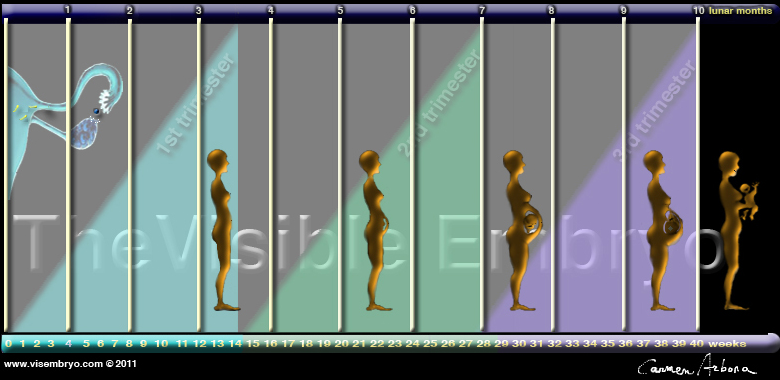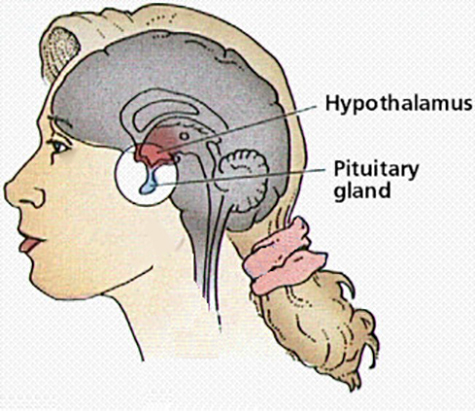|
|||||||||||||||
|

CLICK ON weeks 0 - 40 and follow along every 2 weeks of fetal development
|
||||||||||||||||||||||||||||
|
Hippocampus essential in all aspects of recognition New research verrifying this concept comes from the departments of Neurosurgery and Psychology in the Perelman School of Medicine at the University of Pennsylvania, and is now published in the journal the Proceedings of the National Academy of Sciences or PNAS. Recognition memory is composed of two processes: (1) recollection which is recognizing something including vivid details of the initial encounter; and (2) familiarity, or a general sense of having previously encountered something.
The University of Pennsylvania team hypothesizes that the hippocampus supports both recollection and familiarity. But showing a clear link between hippocampal activity and recognition memory performance has proven elusive, only having been documented in a few studies. The new paper is the first to record a link between hippocampal activity and both processes of recollection and familiarity. Merkow and colleagues studied 66 epilepsy patients undergoing intracranial hippocampal monitoring. They administered memory tasks to the participants — asking them to remember a series of words, then showing them a second series of words, some of which they had seen before, and some that were new. Patients were then asked to determine whether or not each word had been part of the initial group. Research found elevated high frequency hippocampal activity during trials in which patients correctly identified a word previously seen — as opposed to lower activity during trials where patients either failed to recognize a previously seen word, or saw a new word and failed to identify it as new.
Merkow: "This work directly addresses the issue of where in the brain recognition takes place. We now need to focus our efforts on how these processes occur." The team plans to use the same high frequency recordings from smaller electrodes to address this question. Their work brings science one step closer to understanding how brain activity supports memory and potentially improving memory with "to be discovered" interventions. Significance Abstract hippocampus recognition memory recollection familiarity high-frequency activity The authors declare no conflict of interest. This article is a PNAS Direct Submission. This article contains supporting information online at www.pnas.org/lookup/suppl/doi:10.1073/pnas.1513145112/-/DCSupplemental. Additional Penn authors include John F. Burke and Michael J. Kahana This work was supported by the National Institutes of Health (MH055687) Penn Medicine is one of the world's leading academic medical centers, dedicated to the related missions of medical education, biomedical research, and excellence in patient care. Penn Medicine consists of the Raymond and Ruth Perelman School of Medicine at the University of Pennsylvania(founded in 1765 as the nation's first medical school) and the University of Pennsylvania Health System, which together form a $5.3 billion enterprise. The Perelman School of Medicine has been ranked among the top five medical schools in the United States for the past 17 years, according to U.S. News & World Report's survey of research-oriented medical schools. The School is consistently among the nation's top recipients of funding from the National Institutes of Health, with $409 million awarded in the 2014 fiscal year. The University of Pennsylvania Health System's patient care facilities include: The Hospital of the University of Pennsylvania and Penn Presbyterian Medical Center -- which are recognized as one of the nation's top "Honor Roll" hospitals by U.S. News & World Report -- Chester County Hospital; Lancaster General Health; Penn Wissahickon Hospice; and Pennsylvania Hospital -- the nation's first hospital, founded in 1751. Additional affiliated inpatient care facilities and services throughout the Philadelphia region include Chestnut Hill Hospital and Good Shepherd Penn Partners, a partnership between Good Shepherd Rehabilitation Network and Penn Medicine. |
Dec 7, 2015 Fetal Timeline Maternal Timeline News News Archive
|
||||||||||||||||||||||||||||


